In June 2007, as furniture was being loaded onto lorries to begin the journey from Ayrshire to Christie’s in London, Prince Charles made one of the most dramatic interventions in recent auction history. Alerted to the Marquess of Bute’s imminent sale of Dumfries House, he contributed £20 million towards the £45 million cost of buying the Palladian villa for the nation. It was not just the future of this beautiful building, a seminal work of architect Robert Adam and his brothers, John and James, that exercised the prince, but the uncertain fate of its contents, including one of the finest intact collections of Chippendale furniture in the world.
Thomas Chippendale (1718–79) is the most famous British cabinetmaker in history. The son of a joiner, he was born into a modest family in Yorkshire and rose to design furniture for the most powerful and influential people of his day. His designs offered a distinctively British response to much-admired continental fashions: from the rococo furniture made for Dumfries House (late 1750s), to the mature neoclassicism of Harewood (early 1770s), leading on to the refined elegance of the furniture made for Burton Constable Hall (late 1770s) and, still later, the pieces made for Paxton House ‘in a neat but not expensive manner’. As critical to his place in history as this ceaseless capacity for reinvention was The Gentleman and Cabinet-Maker’s Director, Chippendale’s lavish compendium of designs for furniture ‘in the Gothic, Chinese and Modern Taste’. Published in 1754, the first edition sold out almost immediately, and spread the taste for his designs across the nation and further afield, with cabinetmakers in Britain and North America continuing to recreate his styles throughout the 19th and 20th centuries. ‘His is the only name that really means anything in furniture,’ says Simon Phillips of London dealership Ronald Phillips. The downside is that, in the words of another London dealer, Charles Mackinnon, ‘[Chippendale] has become a generic name for all British furniture’. In this year of tercentenary celebrations, the great houses for which Chippendale made furniture – including Dumfries House, Burton Constable and Harewood – have joined together with other organisations (such as the Chippendale Society, Leeds City Museum and the National Trust) to create a programme of events celebrating his life, work and legacy.
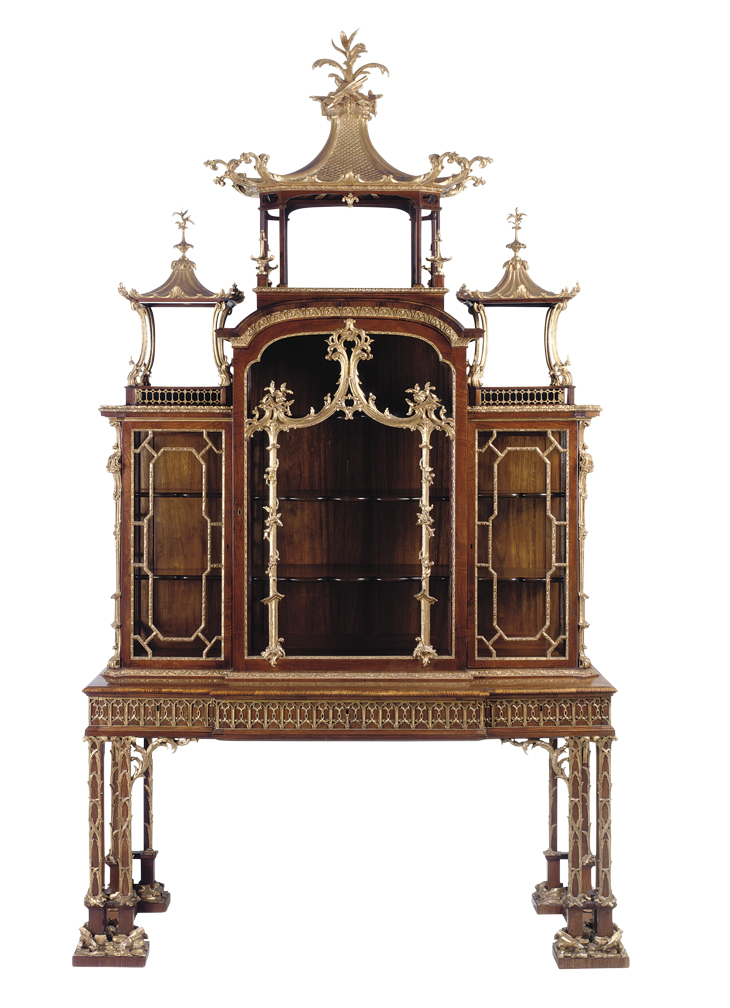
Cabinet-on-stand (1755–60), Thomas Chippendale. Christie’s London, £2.7m. Courtesy Christie’s Images
Meanwhile, the market brings its own discriminations to bear. About 600 pieces of furniture can be attributed to Chippendale’s workshop on the basis of documentation or stylistic affinities. Many of these pieces are in museum collections and others still grace the homes for which they were first designed. The competition for remaining pieces that can be traced definitively to Chippendale is fierce. Peter Horwood, Christie’s director of English furniture, reports: ‘The overall market in furniture is much smaller than ten years ago, but still buoyant. For Chippendale, a firm attribution is absolutely key.’ Christie’s focuses on pieces which conform stylistically to known Chippendale designs, follow his distinctive methods of construction and which can be traced to specific houses or patrons. ‘Provenance is gold dust,’ says Horwood. If you tick all three boxes, pieces will attract focused collectors from Britain, the US and Europe. He cites the spectacular sale in 2008 at Christie’s London, where the auction record for Chippendale was broken four times. The star lot was a fantastical parcel-gilt padauk cabinet-on-stand (c. 1755–60), which fetched £2.7m. A neoclassical giltwood sofa (1765), and pair of armchairs also broke the £2 million barrier, as did a mahogany breakfront bookcase of 1763 with virtuoso carving on the doors. ‘Traditionally the earlier work appealed more to collectors,’ says Horwood, ‘but latterly it is probably the neoclassical period.’
Indeed it is a graceful, highly decorative piece from slightly later in his career, around 1770, that holds the auction record – set in 2010 at Sotheby’s London. The Harrington Commode, as it has been named, which – the catalogue declared – was ‘almost certainly by Thomas Chippendale’, saw bidding rise far beyond the £1m top estimate to reach £3.8m. Henry House, head of English furniture at the auction house, comments: ‘This is from towards the end of his working life, the golden period, with that delicate marquetry and the mounts. Very few pieces of this quality come to auction. Commodes always attract attention, although there is also a big demand for his seating.’ He reports that besides a handful of active collectors, ‘there are international buyers with houses in London, and Europeans who are starting to show an interest in fine English furniture.’
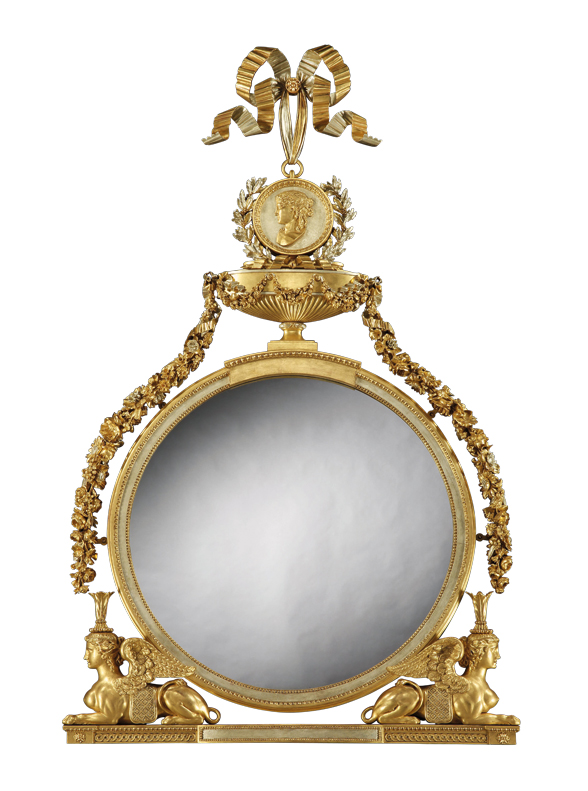
Mirror (c. 1780), Thomas Chippendale. Ronald Phillips, £100,000+
Simon Phillips offers a slightly different perspective. ‘Most of our business last year was in North America,’ he says. Last year he unveiled at Masterpiece London an ornate mirror (over £100,000), almost certainly from the interior of Harewood, the largest and most lucrative commission of Chippendale’s career. Dated to around 1780, the mirror was discovered in New Zealand in 2016 and painstakingly restored. ‘It doesn’t get much better than Harewood,’ says Phillips. ‘That puts the piece in a different league.’ This summer he will mount a display of documented Chippendale pieces at Masterpiece.
Guy Apter, a director of London furniture dealership Apter-Fredericks, comments: ‘The market has been on an upward trend for at least the last 20 years. In more recent times, demand for 18th-century furniture has slowed. However, while demand has eased off, supply has fallen dramatically. Consequently, prices for Chippendale’s furniture have generally held up.’ He currently has available a finely carved Chippendale-period mahogany table with marble top of around 1760, which combines elements from different designs in the Director (£200,000). Charles Mackinnon, meanwhile, has a pair of George III mahogany side chairs (1770) which ‘are almost certainly by Chippendale’ (£28,000.) He bemoans the lack of paperwork to press home attribution but notes that they are almost identical to a pair still in situ in Aske Hall, North Yorkshire. ‘We handle very few but the market has strengthened for pieces which can be firmly attributed,’ says Mackinnon.
Richard Coles of Godson & Coles, specialists in 18th-century English furniture, concurs. ‘Very few great pieces of English furniture are coming on the market, but when they do, they fetch high prices,’ he says, adding: ‘Run-of-the-mill is out of fashion.’ He has been gathering pieces firmly attributed to Chippendale for the tercentenary: a pair of card tables, a commode, a fantastic giltwood sofa. ‘Each piece has its own story,’ says Coles. ‘They are great examples of our heritage and it is very important to preserve them.’
From the March issue of Apollo. Preview and subscribe here.
Unlimited access from just $16 every 3 months
Subscribe to get unlimited and exclusive access to the top art stories, interviews and exhibition reviews.

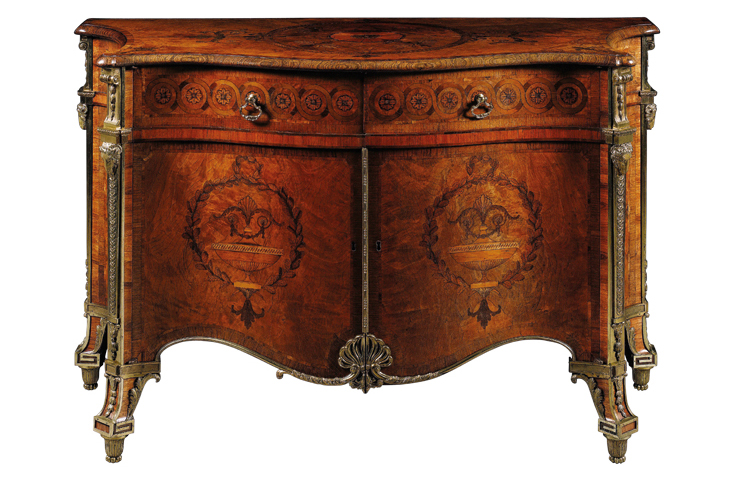
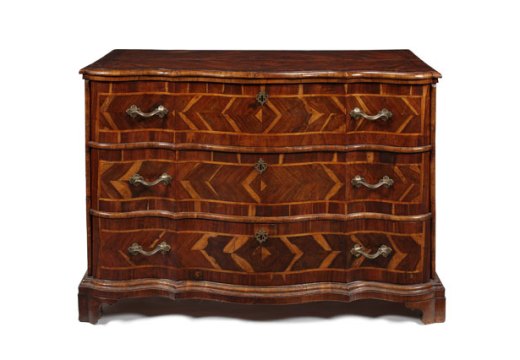
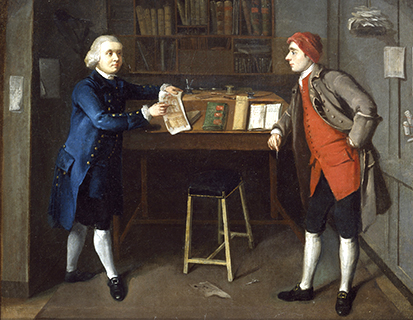
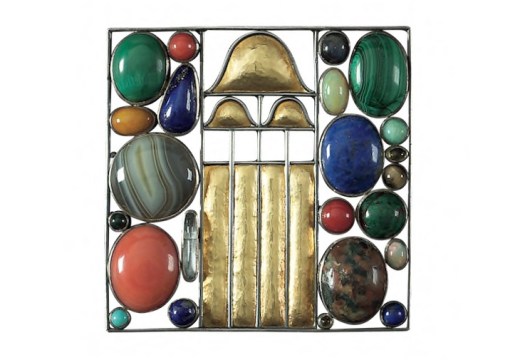









![Masterpiece [Re]discovery 2022. Photo: Ben Fisher Photography, courtesy of Masterpiece London](http://www.apollo-magazine.com/wp-content/uploads/2022/07/MPL2022_4263.jpg)
It’s time for the government of London to return to its rightful home